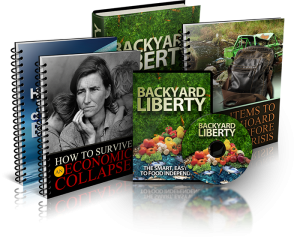Hay Bale Gardening: How To Grow Your Own Veggies Without Fertilizer And Weed-Free
The first thing you’ll need to start your very own hay bale garden is getting your hands on hay bales. If you have nobody to turn to in your vicinity that could sell or give you the hay bales, you can always go on the internet and find farmers that have hay bales for sale. Once they’re delivered to you, pick a spot to your liking (preferably in your garden) and set them as you see fit.

